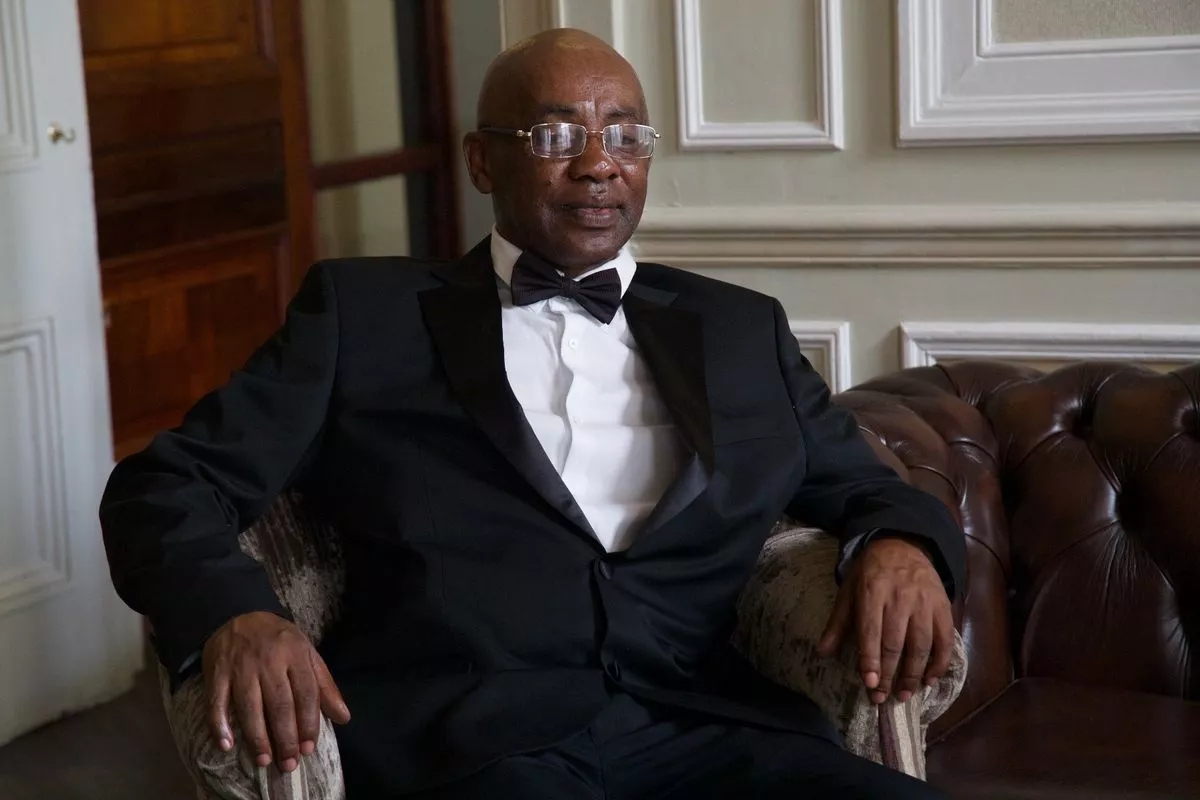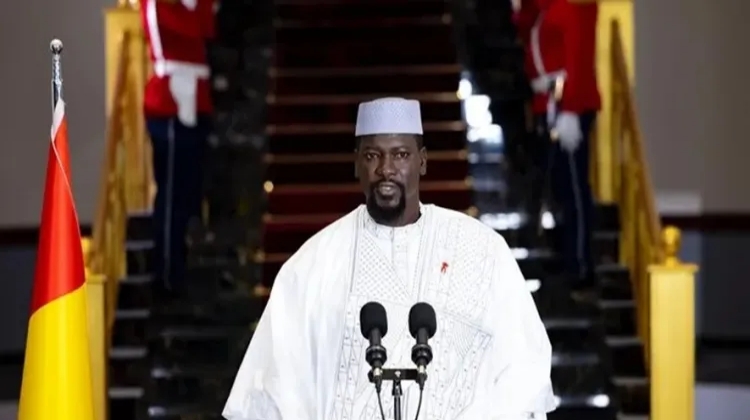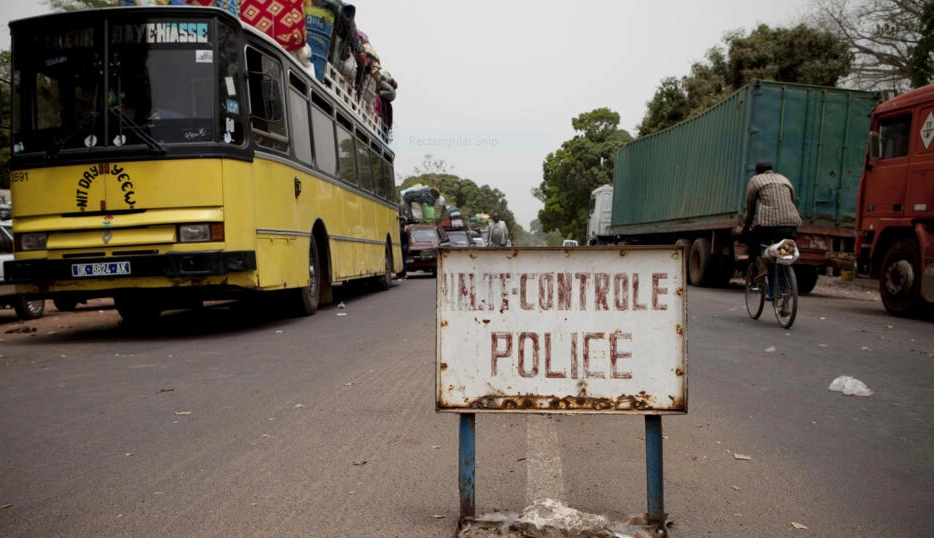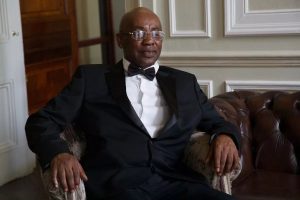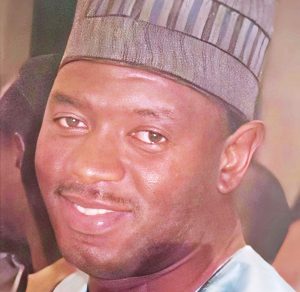On Tuesday, November 17, in Dakar, Senegal, negotiations to establish a joint commission to examine land boundary features and define the marine border between Guinea-Bissau and Senegal got underway.
The Bissau delegation was headed by José António Almeida, the Minister of Territorial Administration for Guinea, following the approval by the Bissau parliament for work to start on the borders with Senegal.
The formation of the commission that is in Dakar meeting with Senegalese government representatives was approved by the Guinean Parliament. The joint commission will talk about land boundary markers and verify if the Portuguese and French-installed land border signs are still in their original locations.
There are rumors that homes were constructed alongside the border markers in a number of places on the Guinean side. The territorial borders between Guinea-Bissau and Senegal, as well as the roughly 90 signs separating Guinea-Bissau and Guinea-Conakry, were marked with more than 100 markers left over from colonialism. Numerous reports state that some of these signs were removed.
According to sources in the Guinean government, the joint panel between Senegal and Guinea-Bissau will also examine marine border features that were never there. There are rumors that homes were constructed alongside the border markers in a number of places on the Guinean side.
The territorial borders between Guinea-Bissau and Senegal, as well as the roughly 90 signs separating Guinea-Bissau and Guinea-Conakry, were marked with more than 100 markers left over from colonialism. Numerous reports state that some of these signs were removed.
According to sources in the Guinean government, the joint panel between Senegal and Guinea-Bissau will also examine marine border features that are yet to be established.
The African Union recommended that all bordering countries examine the legacy of colonialism, and this recommendation includes Senegal and Guinea-Bissau creating a committee modeled after the one that already exists with Guinea-Conakry.
The African Union seeks to keep borders from serving as a flashpoint for international hostilities. 1992 saw military clashes between Senegal and Guinea-Bissau over the Guinean town of Sucudjake due to border concerns.



